Choosing a Grout Color
While it’s usually the last choice made on a tile project, grout should be a very important consideration. It can change the entire look of your tile, making it appear lighter or darker, busier or calmer. It can emphasize colors you want to highlight, or introduce new colors.

Contrasting grout colors emphasize the lines in these tiles and create a more intense look.
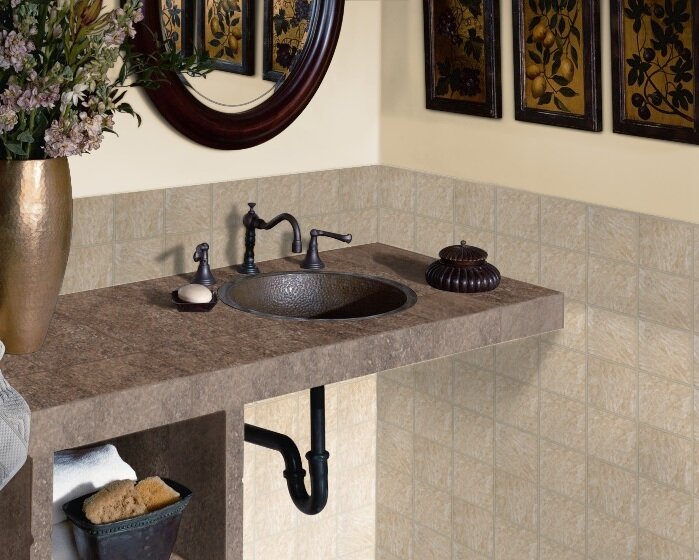
Tone-on-tone grout makes this space calmer and less busy.
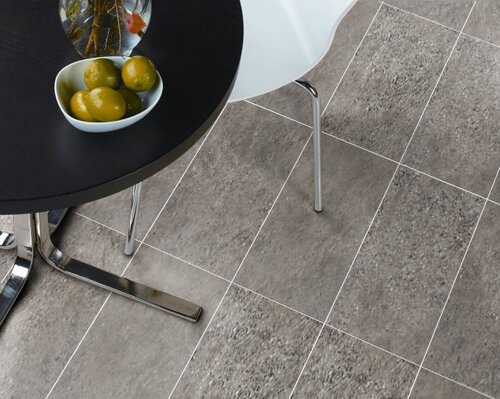
White grout brightens this gray tile floor.
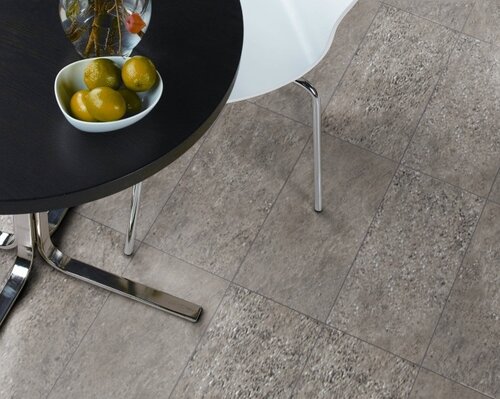
A color-matching grout lets this tile shine and makes the grout lines less noticeable.
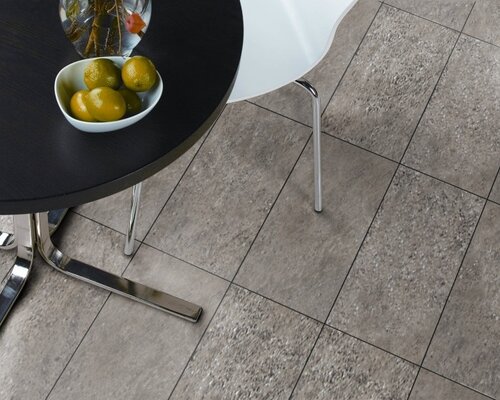
Black grout darkens this gray tile floor
A medium tone will hide dirt, while a very light or very dark color will show dirt.
If you want to bring out a specific color, use a grout with that tone to push the whole installation towards that color. If you grout a multicolor tile with rust-colored grout, now rust is the dominant color in your tile
A high-contrast grout color will emphasize any unevenness or irregularity in your tiles, while a color-matching grout will hide any imperfections. If it’s your first time installing tile, you may want to stick with a tone-on-tone grout to camouflage any mistakes.
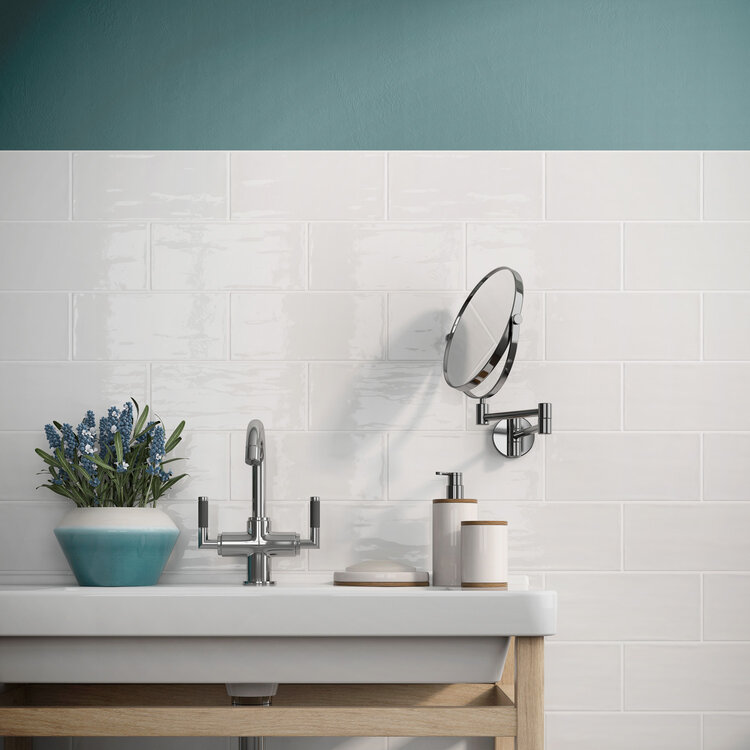
Most people choose a grout color that matches their tile, so that the grout disappears as much as possible.
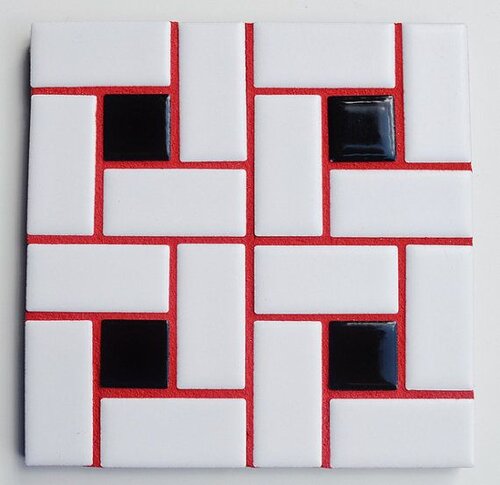
Sometimes a contrasting color is chosen. This can make everything lighter or darker, or more dramatic, or introduce a color that wasn't present before. If you grout a black and white mosaic with a red grout, it's now a black, white, and red mosaic.
How much can grout color change your tile?
These are all real tiles from our showroom, and the only difference shown in each picture is grout color. Click to enlarge!
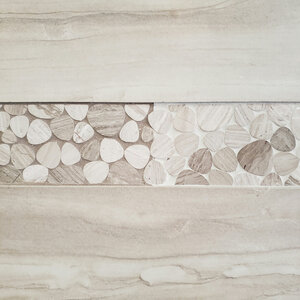
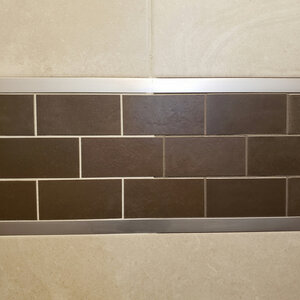
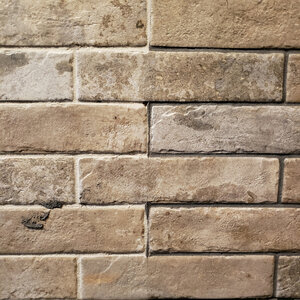
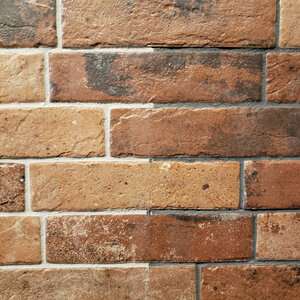
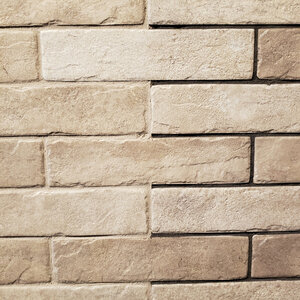
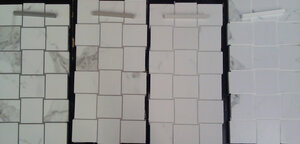
About the Author: Kathryn Helbling has been a Tile Lines designer and product expert for 10 years.